Though often confused, cross stitch vs needlepoint are two distinct embroidery styles with deep historical roots.
Cross stitch was traditionally taught to young girls through samplers. One of the earliest American samplers, created by Loara Standish in 1653, remains in existence today.
Needlepoint, meanwhile, dates back to ancient Egypt, where slanted stitches were used on tents. It evolved over centuries, becoming popular in the 16th century as a durable decorative art form stitched onto canvas.
But in their 20s, people mix both stitches together. Cause the texture looks kinda similar from a distance. But the reality is,
Cross Stitch And Needlepoint core Difference
Cross stitch uses X-shaped stitches on even-weave fabric, while needlepoint fills canvas with various stitch types to create dense, textured designs.
But which one is the best and durable among them? Let’s figure it out.
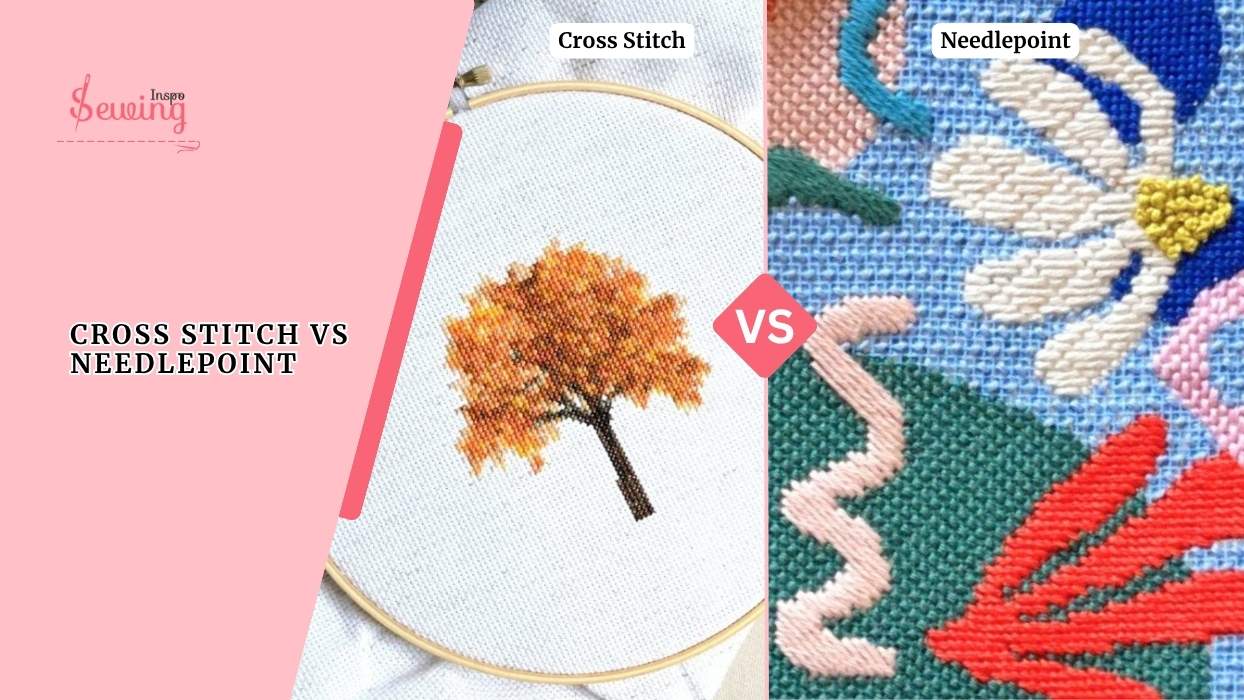
Table of Contents
Cross Stitch Vs Needlepoint Key Difference!
Cross stitch and needlepoint are both counted-thread embroidery techniques, but they differ in terms of stitches, fabric, tools, and design approach.
| Feature | Cross Stitch | Needlepoint |
| Stitch Type | X-shaped stitches | Mostly tent (diagonal) stitches |
| Fabric Used | Aida, linen, or evenweave fabric | Stiff canvas on embroidery hoop (mono, interlock, penelope) |
| Thread/Yarn | Usually embroidery floss (6-strand) | Tapestry wool, pearl cotton, or silk thread |
| Design Transfer | Counted from a chart | Often printed directly on the canvas |
| Texture & Appearance | Fine and grid-like | Dense, textured, and sturdy |
| Typical Use | Wall art, samplers, ornaments | Pillows, upholstery, belts, and décor |
| Ease for Beginners | Beginner-friendly | Requires more control and tension awareness |
| History | Samplers for teaching sewing skills | Ancient technique used for home decor and utility |
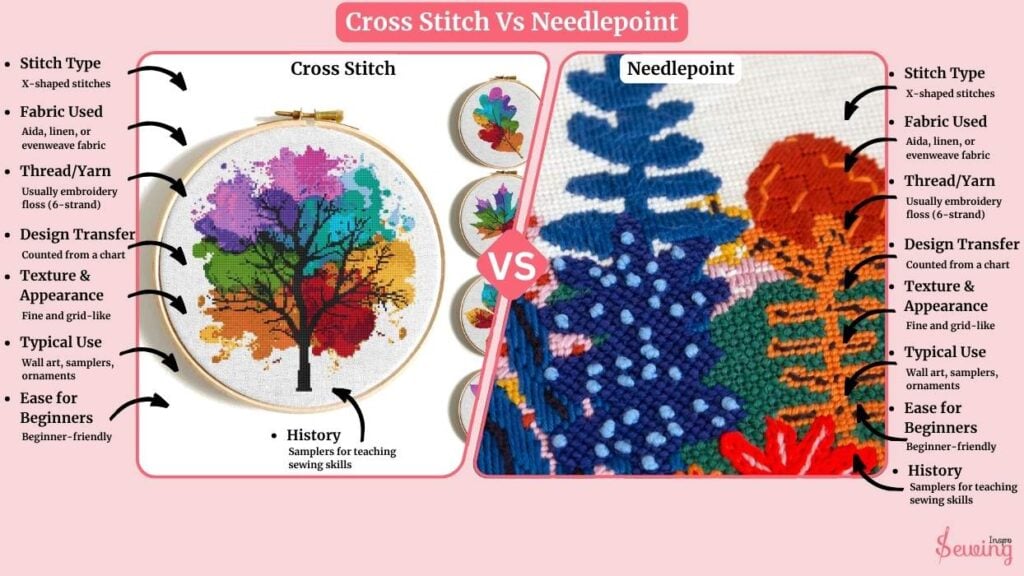
How Can You Tell Needlepoint From Cross Stitch?
It’s all in the stitches and the fabric!
Cross stitch by hand is easy to spot; it features neat, little X-shaped stitches. The design is made by counting squares, and the fabric often has a looser, more flexible feel.
Needlepoint, however, uses slanted stitches,
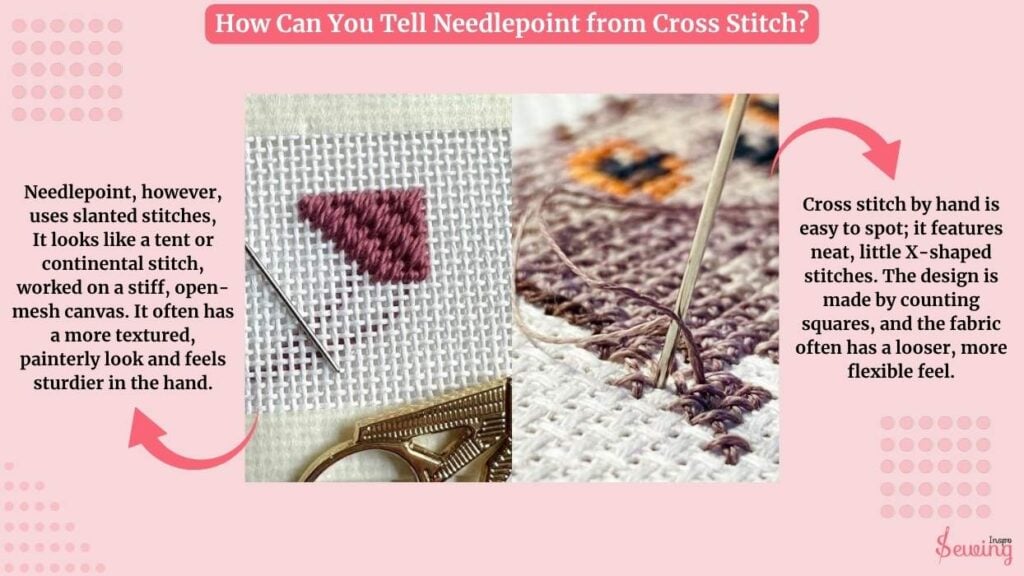
It looks like a tent or continental stitch, worked on a stiff, open-mesh canvas. It often has a more textured, painterly look and feels sturdier in the hand.
So, if the stitches form X’s on soft fabric, you’re likely looking at cross stitch. If the stitches are angled and the base is firm, that’s classic needlepoint.
Is Cross Stitch Canvas The Same As Needlepoint Canvas?
No, they may look similar, but cross stitch canvas and needlepoint canvas are made for different stitching techniques.
Cross-stitch is typically done on evenweave fabrics, such as Aida or linen. These fabrics have clearly defined holes. Cross-stitch fabric makes it easy to count cross stitches and create X-shaped patterns. Needlepoint, on the other hand, is stitched on a stiff, open-weave canvas
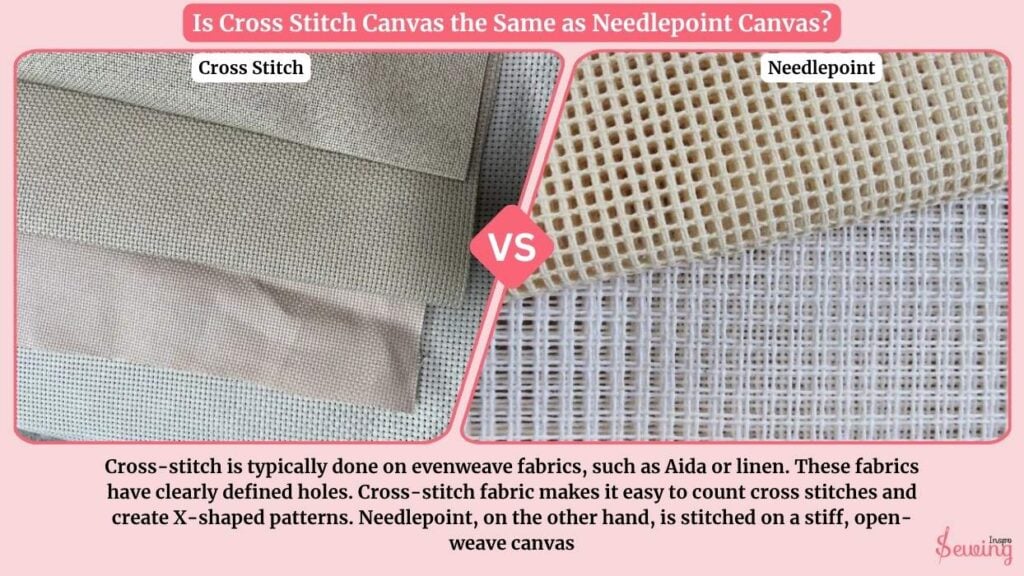
It’s like a mono canvas or an interlock plastic canvas. Needlepoint fabric is designed for diagonal or tent stitches, and the weave needs to be durable enough to handle thicker threads or yarns.
So, there are many differences between Cross stitch vs needlepoint canvas work. Both stitch needs a different kind of canvas/fabric.
Needlepoint Or Cross Stitch, What’s Easier?
These are the common questions I got after the difference.

I actually asked this question to a group of stitchers in an online embroidery community, and the results were surprisingly close. But they said,
Cross stitch is easier than needlepoint
Out of 100 people who responded:
- 58% voted for cross stitch as being easier
- 42% said Needlepoint stitches felt easier for beginners.
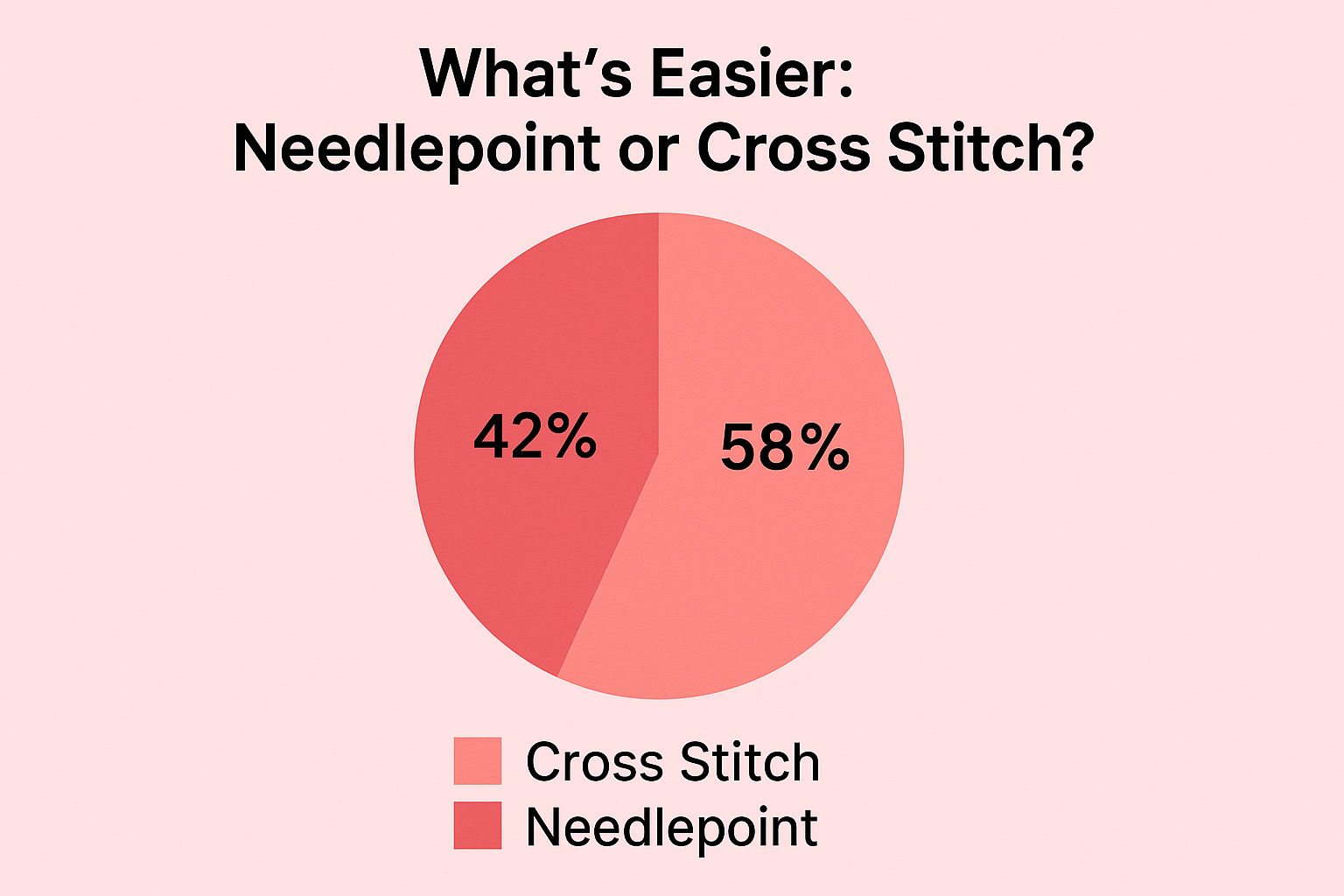
Most of the cross stitch supporters mentioned that the clear grid of Aida cloth and the repetitive “X” pattern made it feel simple and satisfying to learn. They liked the structure and found it easier to follow the charts.
Those who preferred needlepoint pointed out that it’s less counting-heavy and feels more freeform. It is especially when stitching large areas with tent stitch. They liked not having to focus on making perfect X’s.
So, my takeaway?
If you love counting and symmetry, cross-stitch might feel easier. But if you’re all about texture and flow, needlepoint could be your thing.
Cross Stitch Vs Needlepoint Vs Embroidery
I saw on the internet that people also mix both stitches up with the embroidery. But both technique and embroidery & crosstitch are also not the same. Basically,
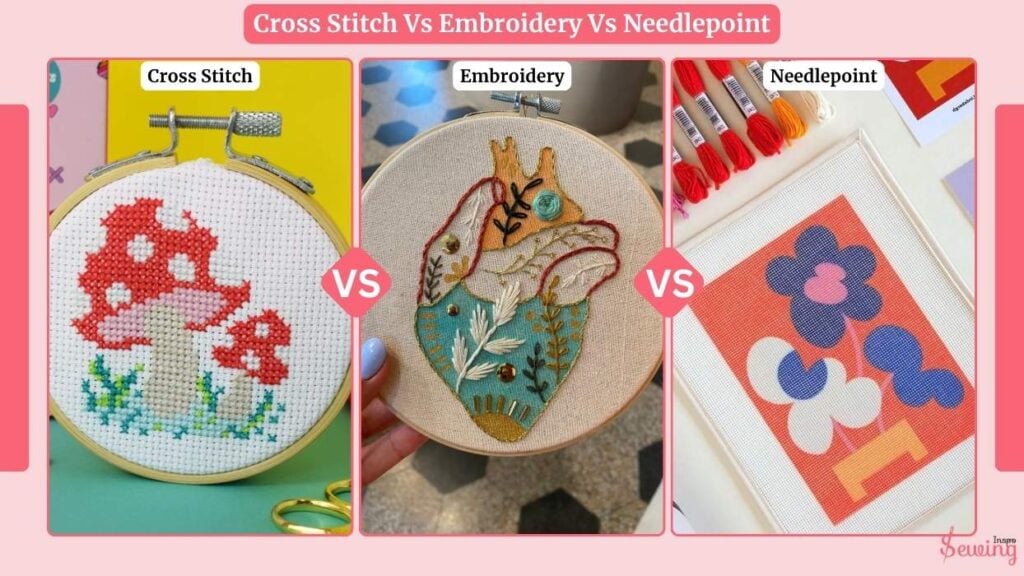
Cross stitch is counted and grid-based, needlepoint is canvas-based and textured, while embroidery is the whole term for all decorative stitching techniques.
Frequently Asked Questions
Can I use the same fabric for both?
Not quite. Cross stitch usually uses Aida, linen, or evenweave, which are soft and evenly gridded. Needlepoint is worked on canvas, which is stiffer and has larger holes for different types of stitches.
Are the stitches the same?
No. Cross stitch is made entirely of X-shaped stitches, while needlepoint uses a variety of stitches—like tent, basketweave, and long stitches. That often creates slanted and textured surfaces.
Which one takes longer to finish?
It depends on the design and technique, but needlepoint projects can be faster due to the larger canvas mesh and fewer stitches per square inch. However, cross-stitch tends to involve more counting and precision.
Warp up
So, basically, the main difference between cross-stitch and needlepoint is that cross-stitch requires a needle and thread, as well as a manual technique. And the needlepoint needs a special needle/canvas to fill in designs and create a stunning design.
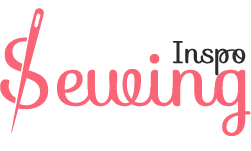
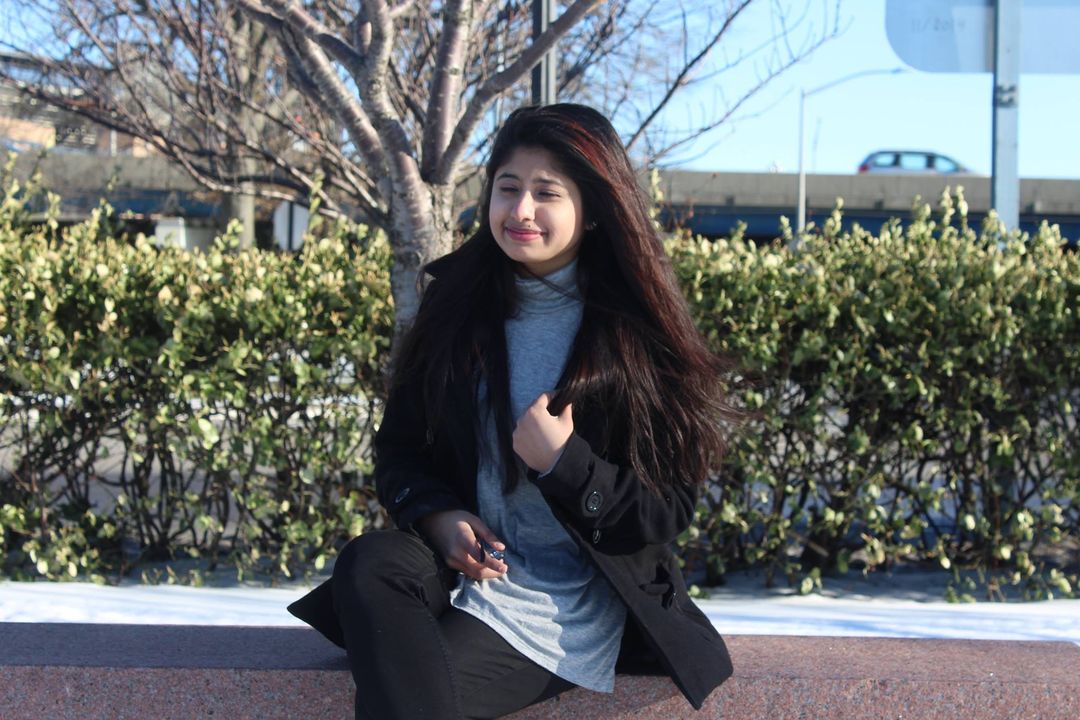
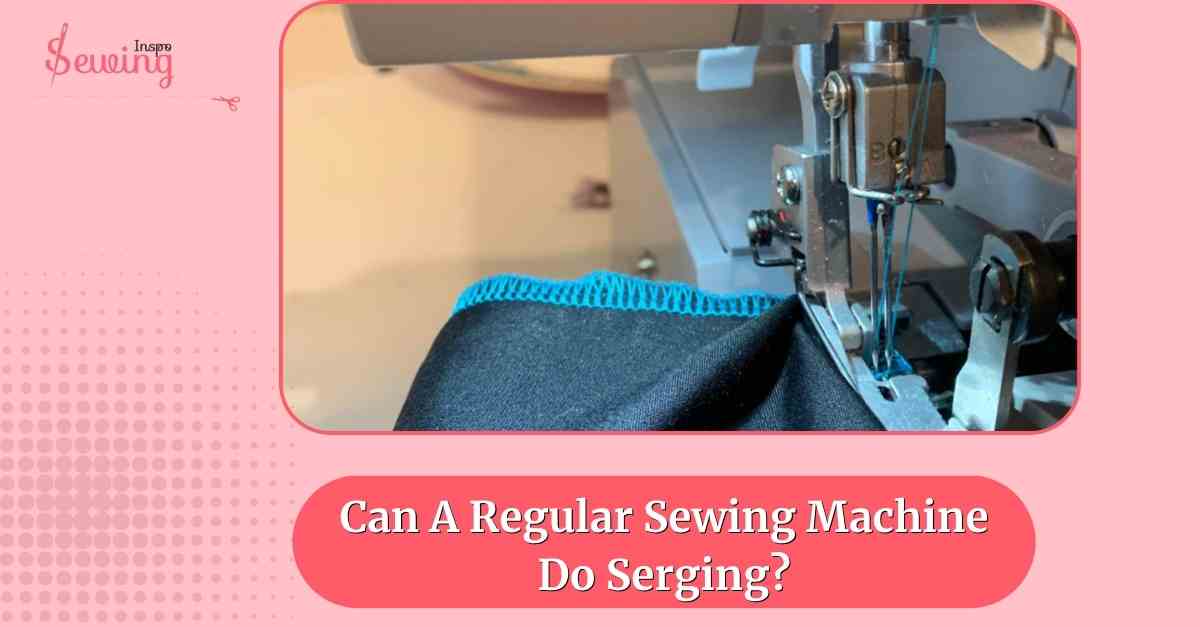
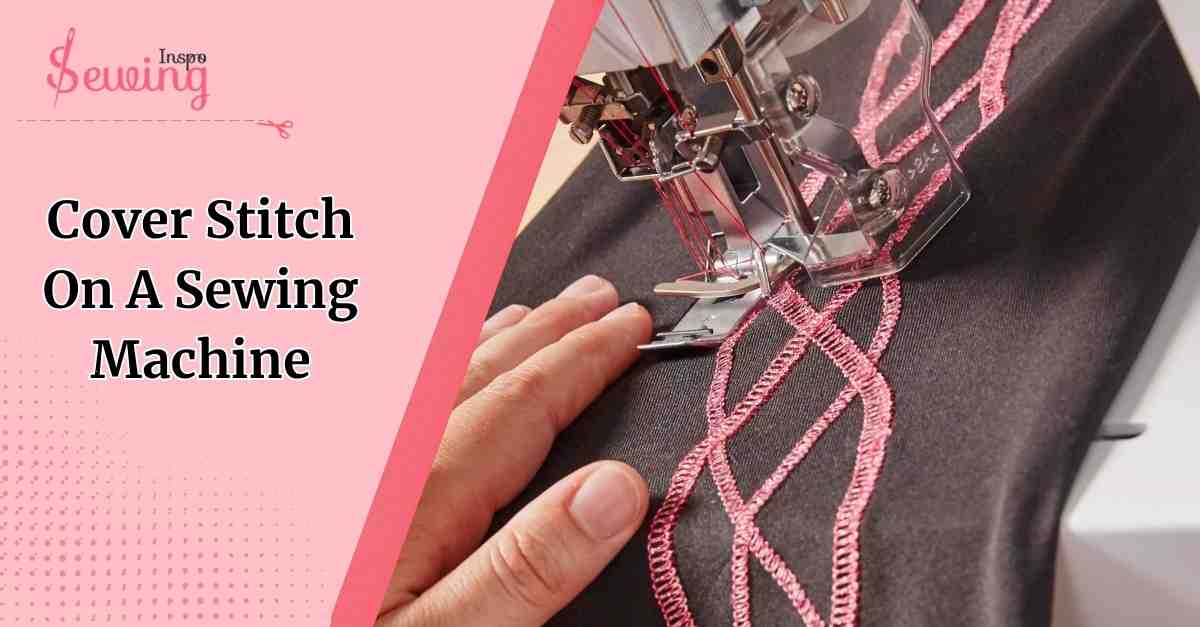
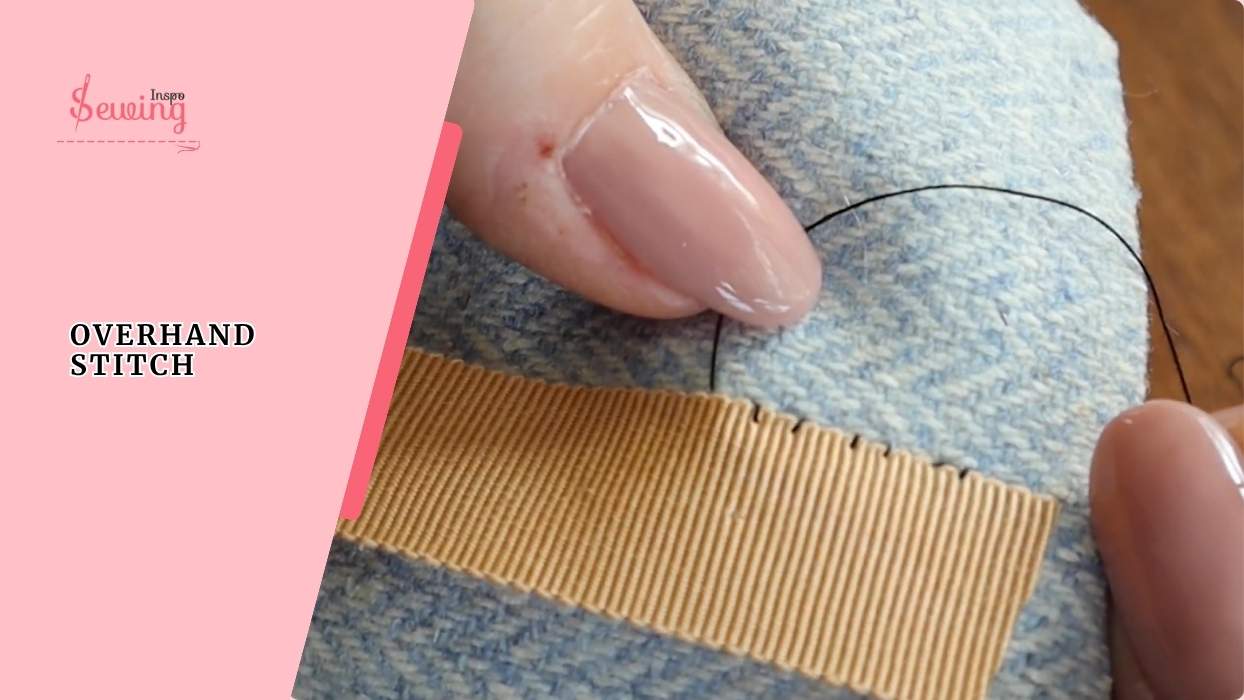
Leave a Reply